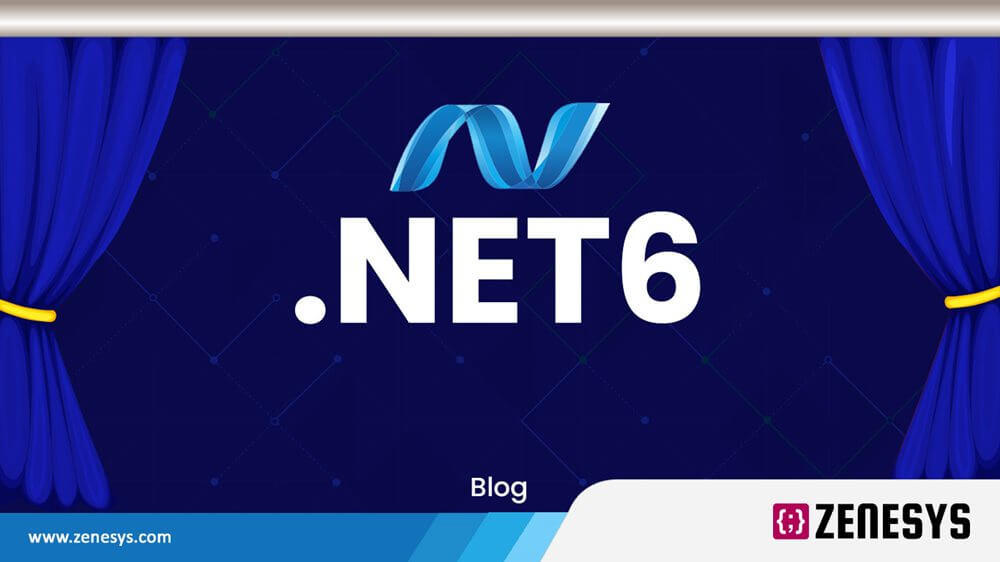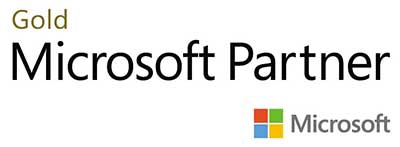The software development platform is studded with brand new features such as native support for Apple Silicon, better support for Arm64, enhanced flexibility patterns for single-page apps built alongside ASP.NET development, and so on and so forth. It also features C# 10, to help you code faster and in a more expressive manner, and F# 6, for improved performance and ease of use. But enough beating around the bush. Let’s delve into the major updates that came along with the latest iteration of .NET.
.NET 6 All New Features
NEW PROJECT TEMPLATES
Preview 7 of .NET 6 was released with a plethora of new templates. All these templates are based on the recent changes brought about by C# 10. The new templates are a lot more minimalistic and more straightforward. One vital fact about these new templates is that Microsoft engineers choose this path with templates. This is the .NET development company’s way of pushing users to try out the new features that the latest update entails.
You can now water down complicated bits of code into one-liners. For example, if you want to create a console application, you can use the Console. Writeline template to do the deed. All this is made possible by the three new features that .NET 6 brings to the table.
● Top-level statements: This feature was brought back from C# 9, but it is being reused here for templates. You no longer need to include the main method in a console application project. All you need to do is use the top-level statements feature. This will reduce the code drastically.
● Global using: C# 10 brings around the keyword Global to avoid redundancy with the latest update. You can now define the global using for the entire project in a separate file using the Global keyword. This file will contain all these imports, simplifying the other files in the project.
● Implicit using directives: The compiler forcibly imports a set of using automatically in this new feature. These using are based on your project type.
MULTI-PLATFORM APPLICATION UI
Microsoft has been discussing the unification of .NET for all platforms from even before .NET 5. The .NET development company aimed to create a single .NET that can target multiple operating systems such as Windows, Linux, macOS, TvOS, WatchOS, Web assembly, and IOS. With .NET 6, this idea has finally been brought to life. It also includes Xamarin, along with Android and IOS.
The .NET development company recently announced the .NET Multi-platform App UI (MAUI) at Build 2020. It is a modern UI toolkit that happens to be built over Xamarin. You can now create applications that run seamlessly across Android, IOS, macOS, and Windows, all from a single code-base.
.NET 6 also consists of something called a Base Class Library (BCL). It is a library that is the base for multiple specific frameworks for a plethora of operating systems. Once these frameworks access BCL, it abstracts and returns the details of the platform. Since all this data is abstracted, you don’t need to worry about these details, and you can directly write cross-platform code.
You May Also Like: Why Choose .NET Framework for Web Development
PACKAGE VALIDATION TOOLING
Package validation facilitates developers to ensure that their code is well consistent during package development. Developers can now compare and validate their latest project against the previous one, and against prior versions of the framework and runtime. Previously, the .NET system was cradling a massive problem, especially with cross-targeting packages and areas where the community is still weak.
Therefore, package validation tooling can be a boon to the entire .NET ecosystem. Since you can no longer create a package that is not validated, the .NET ecosystem will be much safer.
SDK WORKLOADS
SDK workloads were introduced in preview 4 of .NET 6. With this feature, you can install only the SDKs you want and are necessary, instead of an ‘all-in-one’ package. So if you need to install SDKs pertaining to ASP.NET Development, or simply Xamarin, you can go right ahead. No need to download additional unwanted SDKs anymore. To put it in simple words, it is nothing but a package manager for SDKs.
It is also supported with CLI workloads. The command got better and grew every time a new preview was launched post preview 4. Here are some commands for using SDK workloads.
● To install the SDK of your choice: dotnet workload install name_of_the_workload
● To list installed workloads: dotnet workload list
● To update installed workloads: dotnet workload update
● To list workloads that are available for installation: dotnet workload search
● To uninstall a particular workload: dotnet workload uninstall
● To repair workloads: dotnet workload repair
● To check for newer versions of SDK and runtime: dotnet sdk check
INNER LOOP PERFORMANCE
.NET 6 brings a major performance upgrade to the table compared to its previous iterations. It focuses on maximizing the performance of MSBuild, runtime, CLI, etc., thereby boosting inner loop performance. Developers can now have a much more seamless coding experience, since tools and workflows are much more optimized than before.
A boost in inner loop performance is the .NET development company’s one-stop solution for all the woes developers have had with .NET development experiences with the previous versions. Developers can now make code changes faster than before, thereby increasing productivity.
Other Changes Brought Around with .NET 6.
These are the top five changes the .NET development company brought around with .NET 6. Fortunately, they aren’t the only changes that made it to the final build. Here is a list of other updates the software development platform underwent that shapes it into .NET 6.
● As a part of the long-term support(LTS) release, .NET 6 is being supported for the next three years.
● Improvements have been made to Visual Basic.
● Hot reload has been introduced. This feature enables you to view change without rebuilding and restarting the app. This feature is supported in Visual Studio 2022, from the .NET CLI, for C# and Visual Basic.
● Now that single-page apps are built parallel to ASP.NET development, they can use a much more flexible pattern. They can be used with popular frontend Javascript frameworks. (e.g., Angular, React, etc.)
● Improved security
● Extension-free single-file apps can now be published on Windows, Linux, and macOS.
● IL trimming is a lot more accurate now. It is equipped with new warnings and analyzers for precise results.
● JSON APIs offer higher performance due to the presence of a source generator for the serializer.
● Ability to render Blazor components from Javascript and integrate them with existing Java apps.
Also Read: Why choose ASP.NET for Enterprise Web Development?
Bottom Line
The new and improved .NET 6 brings a lot of new features and functionality for users. These features have not only boosted the software development platform’s capabilities and security, but also focus on making the developers’ jobs easy and more organized. This will help in increasing productivity and efficiency. So here you have it! Everything new there is to know about .NET 6.


.webp?lang=en-US&ext=.webp)

.webp?lang=en-US&ext=.webp)

